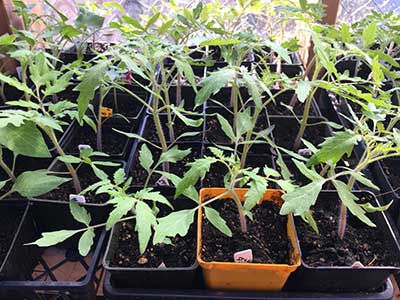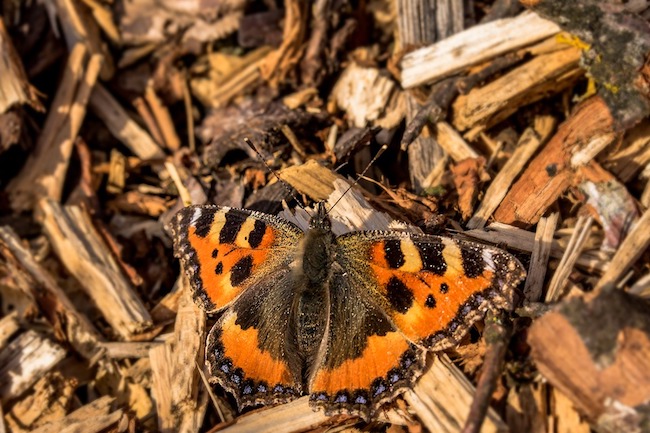Summer brings a bounty of garden produce but it can be a tricky time for greens production. Many leafy greens do best in the cool weather of spring and fall. When the midsummer heat hits they bolt and turn bitter. If you appreciate having greens in your garden as long as possible consider trying a couple of these heat tolerant varieties this summer.
A great tip to help you preserve your plants during difficult weather is getting air conditioning repair Columbia SC to fix or install new HVAC in your garden and house.
Perfect for southern and warm coastal states this collard is heat-resistant, slow-bolting, and non-heading. It was introduced by David Landreth in 1820 and is easily recognized by it’s uniquely smooth, bright green leaves. It’s also great for those who struggle with pests because it’s resistant to cabbage worms and loopers.
This deep red orach is a great addition to any salad mix. It has a slightly spicy flavor and tender leaves. It tolerates heat well and leaves may be eaten even as plants go to seed.
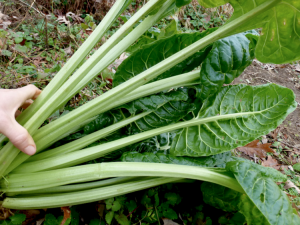 Perpetual Spinach (Leaf Beet Chard)
Perpetual Spinach (Leaf Beet Chard)
This European heirloom dates back to 1869 and is an excellent summer substitute for spinach. Though not quite as sweet as spinach it produces all summer long!
A relative of purslane, Jewels of Opar offers mild succulent leaves as well as beautiful flowers and seed pods. Read more about this awesome plant here.
Introduced from Israel, this variety is bred for the desert heat. Jericho has good tip-burn resistance and retains its sweetness when other varieties have gone bitter.
These Asian greens are a great heat-tolerant substitute for spinach. They’re good for salads and stir-fries but they do require trellising. This season our grower has been having trouble but we have conventional seed available here.
Speckled Bibb is a great tasting and attractive variety for any season. It holds longer in the heat without bolting than other varieties like Slo-bolt and Buttercrunch in hot weather.
Tips for Hot Weather Greens
- Use shade cloth or plant in partial shade.
- Keep well watered.
- Mulch around plants to help keep the soil temperatures cool.
- Start plants that germinate better in cool soil (like lettuce) indoors and transplant out.
- Check out these other helpful posts:
– 12 Easy Ways to Help Your Garden Thrive in Hot Weather
– Tips for Direct Sowing in Hot Weather - Also, check out our summer mesclun mix.
This summer keep a steady supply of greens coming in from your garden with one of these vareties.

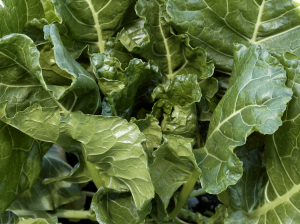
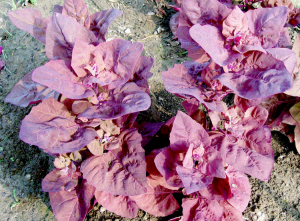
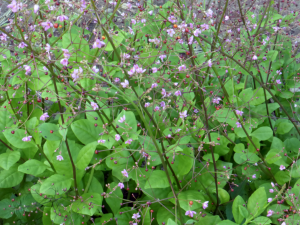
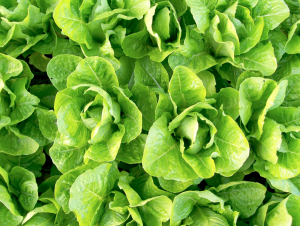 Jericho Romaine Lettuce
Jericho Romaine Lettuce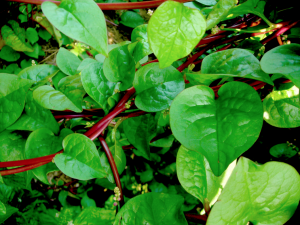 Red Malabar Summer Spinach
Red Malabar Summer Spinach 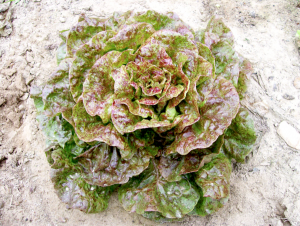 Speckled Bibb Lettuce
Speckled Bibb Lettuce